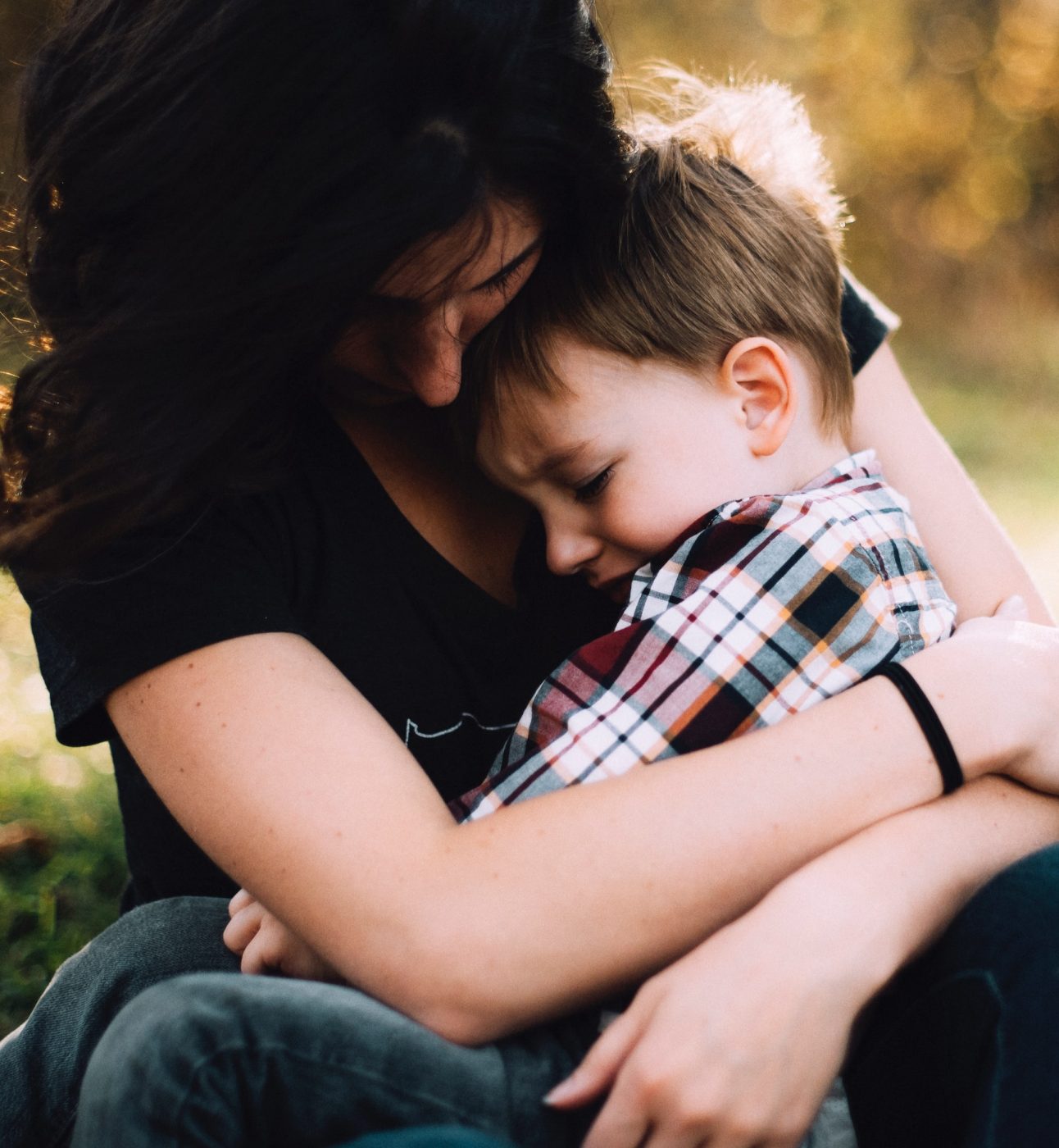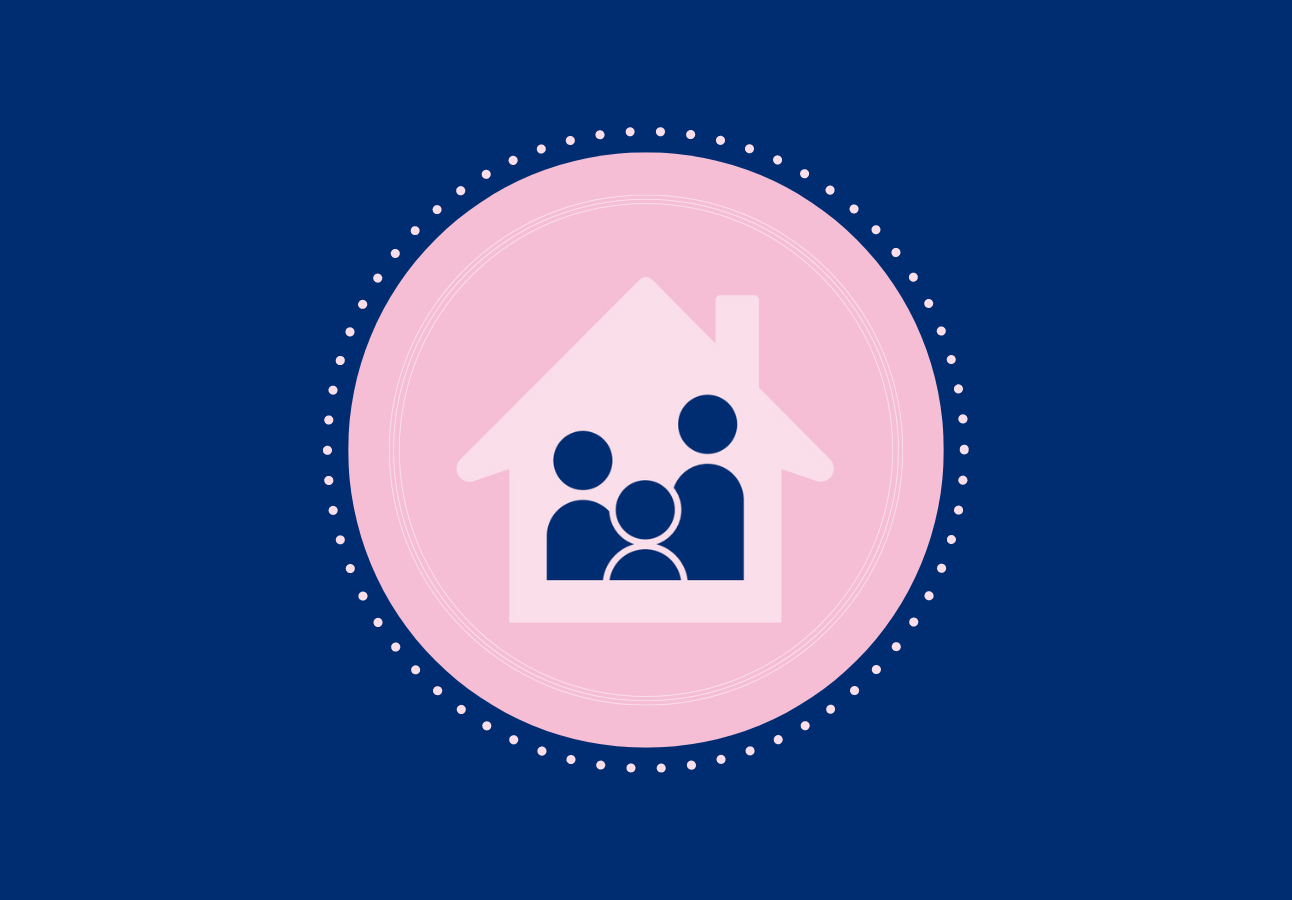
Why Ofsted believe in the whole family approach
Paul d’Inverno, Ofsted, explores why taking a family-centred approach is so important for domestic abuse interventions
Ofsted works closely with the Care Quality Commission, HMI Constabulary and Fire and Rescue Services and HMI Probation, carrying out joint inspections to see how well local agencies in an area work together to protect children. Children living with domestic abuse was the focus of our inspection programme in 2016.
We found that the ongoing support for those involved in domestic abuse -whether they are the victim or the perpetrator, -works best when it is family centred. The most successful interventions are multi-agency based.
Professionals have made progress in responding to domestic abuse, but this is a widespread public health issue that needs a long-term strategy to reduce its prevalence.
While much good work is being done to protect children and victims, far too little is being done to prevent domestic abuse and repair the damage that it causes. There needs to be an approach to tackling domestic abuse that focuses more on prevention and repairing long term damage to child victims.
Agencies can address these complex challenges, but they can’t do it alone. A widespread public service message is needed to change behaviour on a larger scale.
During our joint inspections, we saw work with families that was often in reaction to individual crises. Keeping children safe over time takes long-term resolutions.
The focus on the immediate crisis leads agencies to consider only those people and children at immediate risk. Agencies are not always looking at the right things and, in particular, not focusing enough on the perpetrator.
In higher-risk cases, we often saw an immediate response from agencies to prioritise the safety of children and adult victims. Some solutions, such as moving victims and children away from the perpetrator of the abuse, isolated the child from friends, family and school. This short-term view can make it harder for professionals to see the bigger picture and history of abuse within the family setting. It also makes it harder to see connections between isolated incidents.
Achieving long-term impact is only possible if professionals are looking at the right things. Our inspections found a pattern where professionals focused on the victim. In all the cases we saw, this was the child’s mother, but we know domestic abuse can happen in any relationship. In the best-case scenarios, this represented an understandable focus on the mother as a victim of crime and in need of protection. But, even in the best cases, there was often a lack of accountability or responsibility attributed to the perpetrator of the abuse. Furthermore, in a minority of cases, there was an inappropriate attribution of responsibility on the mother to protect her children.
A focus mainly on the victim fails to address a range of important factors at play. These include the experience of the child, the root causes of violent behaviour displayed by the perpetrator, and the impact on other family members. Without a focus on the perpetrator’s mind-set and behaviour, there is a high risk of recurrence once the immediate crisis has passed. While we need to support victims to help them protect themselves and their children, we must not lose focus on the perpetrator, their behaviour and their accountability for their actions.
Some of the thinking and practice we saw with victims in contexts of coercive control was inappropriate. This included the use of written agreements that placed responsibility for managing the risk to children with the victim. Written agreements are similar to written contracts, where social workers and parents agree a set of terms that the parents sign. The terms may include conditions, like the victim will not continue a relationship with her abusive partner, or not allow them into the home.
As you might imagine, inspectors saw no evidence that these agreements were effective. Given the fact that the focus was not on the perpetrator – who was the source of the abuse and therefore the risk – this is hardly surprising.
It seems obvious that any victim in a situation where coercive control is a risk would find it very hard to comply with such an agreement.
Focusing on the needs and experiences of children is critical. A failure to do so means the emotional and mental impact of domestic abuse may go unaddressed. Children and young people who have lived with domestic violence for several years frequently experience intense feelings of responsibility, guilt, anger and a sense of despair and powerlessness over their lives.
Worryingly, there were some instances where children were forgotten about, missed, not spoken to or simply not considered.
It’s important to use a family-centred approach, which means addressing all needs and risks within individuals in a family holistically. For example, some parents we spoke to were very positive about Hounslow’s ‘Let’s Talk’ programme. Creative work is undertaken with children to enable them to understand their experiences of living with domestic abuse. Work was also undertaken with adult victims, which enabled them to better support their children.
So, in summary, while domestic abuse is widespread and needs a public health response, we must not forget to work with the perpetrator and we should never lose sight of the impact on children.
About Paul
Paul d’Inverno joined Ofsted as one of Her Majesty’s Inspectors in 2007. Paul is a qualified and registered social worker and has worked in several different roles within children’s services; local authorities; the voluntary sector; inspection and regulation. Paul has experience of leading and being a team member on a range of inspections. Paul was previously the national lead for fostering and adoption and is currently the specialist adviser for child protection. Paul has a master’s degree in business administration and post-graduate degrees in both education and social work.
You may also be interested in


A public health approach to ending domestic abuse for the whole family

